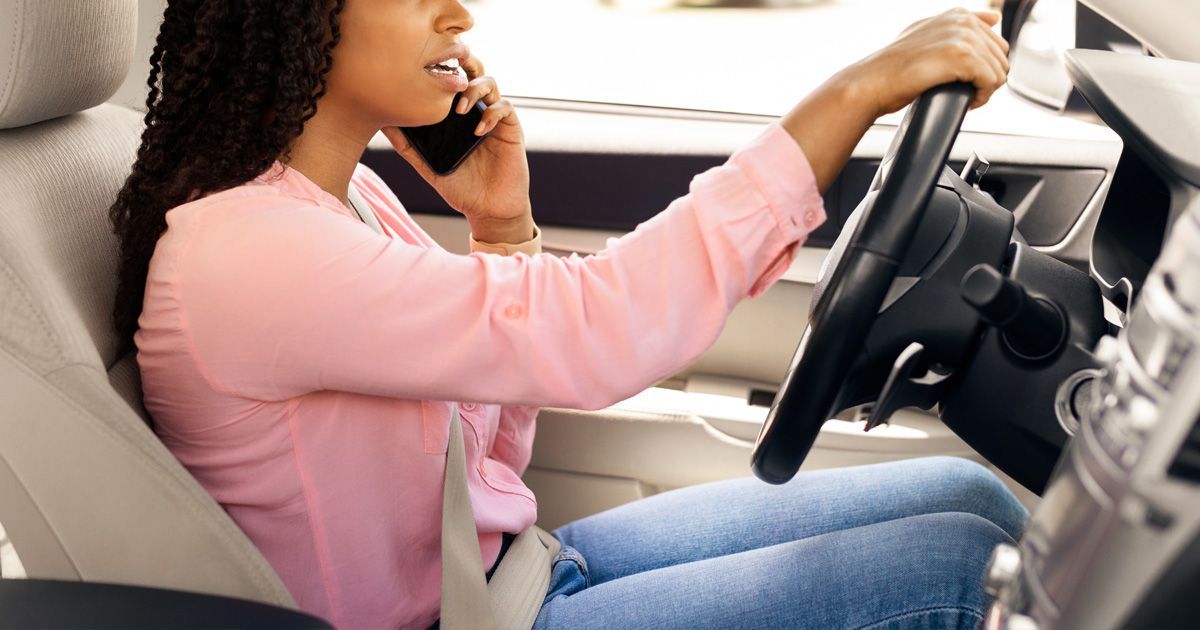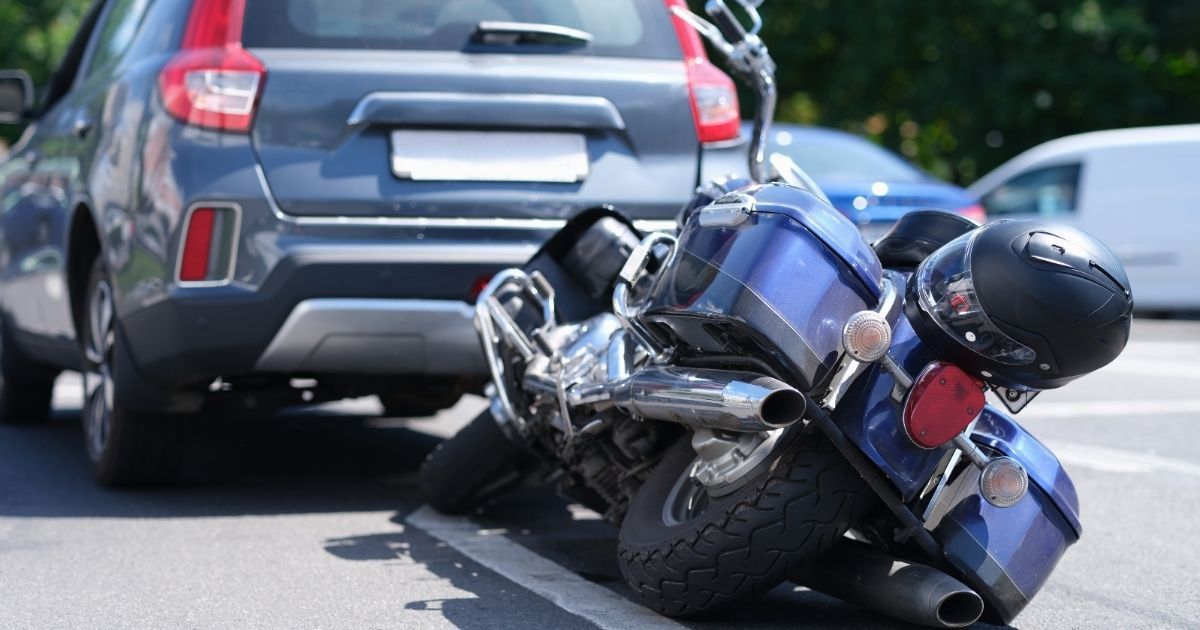Understanding No-Fault Insurance and PIP Coverage in Massachusetts
Recent Posts
Frequently Asked Questions (FAQ)
What’s the Most Common Cause of Motorcycle Accidents in Massachusetts?
Failure to yield by car drivers, especially during left-hand turns, tops the list, causing nearly 40–50% of multi-vehicle crashes. This aligns with the 1,800–2,000 annual incidents, particularly in busy Norfolk and Bristol counties.
Are Motorcycle Accidents More Deadly in Massachusetts Than Elsewhere?
Yes, somewhat—80% of crashes here result in serious injury or death, higher than the national average (around 60–70%), due to dense traffic and rural road risks. The 450 deaths over 10 years reflect this elevated severity.
How Does Weather Affect Motorcycle Crashes in Massachusetts?
Rain and snow significantly increase crash risk by reducing traction, contributing to the 66% of fatalities on rural roads like those in Plymouth County. Wet weather likely factored into dozens of the 160–180 county deaths since 2015.
Can I Sue If a Pothole Caused My Accident?
Yes, if poor road maintenance caused the crash, you might sue the responsible municipality (e.g., in Plymouth or Bristol counties). You’d need to prove negligence and file within three years, though such cases are tough to win.
Does Not Wearing a Helmet Make Accidents More Common?
No, it doesn’t cause crashes, but Massachusetts’ mandatory helmet law (90% compliance) reduces fatality severity. Non-compliance, rare here, might worsen outcomes, as seen in some of the 24 young rider deaths in 2018.
Why Are Intersections So Dangerous for Motorcyclists?
Intersections combine high traffic, turning vehicles, and visibility issues—41% of serious injuries occur there. In Brockton (Plymouth County) or Quincy (Norfolk County), these factors likely drove many of the decade’s 60–120 fatalities.
Navigating Massachusetts’ no-fault insurance system and Personal Injury Protection (PIP) coverage is crucial for drivers, motorcyclists, and bicyclists. As of May 12, 2025, this system ensures swift compensation for medical expenses and losses after accidents, regardless of fault.
Coverage, however, differs significantly by vehicle type due to Massachusetts’ distinct
insurance laws. At Jason Ranallo Law, we’re here to clarify how no-fault insurance and PIP apply to cars, motorcycles, and bicycles, empowering you with the knowledge to protect your rights.
Massachusetts’ no-fault insurance and Personal Injury Protection (PIP) coverage vary by vehicle type. Cars receive comprehensive PIP coverage up to $8,000, including medical, wages, and services, with mandatory liability. Motorcycles lack PIP, relying on health insurance and liability coverage. Bicyclists can access up to $2,000 from a motorist’s PIP if hit by a car, with no bike-specific insurance required.
- Cars: PIP covers medical, wages, funeral, and services up to $8,000 ($2,000 medical with health insurance); includes liability ($20,000/$40,000/$5,000 minimums).
- Motorcycles: No PIP; depends on health insurance, uninsured motorist, and liability coverage.
- Bicycles: Up to $2,000 from motorist’s PIP if hit by a car; further claims possible if damages exceed threshold; no bike insurance needed.
What Is No-Fault Insurance in Massachusetts?
Massachusetts operates under a modified no-fault insurance system, where your own insurance covers medical bills and certain losses after an accident, up to policy limits, regardless of who caused the crash. PIP, mandatory for all registered motor vehicles, drives this process, covering up to $8,000 per accident for medical expenses, lost wages, and other costs. The state mandates four compulsory coverages:
- Bodily Injury to Others ($20,000 per person, $40,000 per accident)
- Personal Injury Protection
- Property Damage to Others ($5,000)
- Uninsured Motorist Coverage
This framework reduces litigation and speeds up payments, but exclusions and thresholds create variations across vehicle types.
How Does PIP Coverage Work for Cars?
For car owners, PIP is a vital part of the no-fault system, providing up to $8,000 per accident. It covers:
- Medical expenses for necessary treatments, like surgical, X-ray, and dental services. With health insurance, PIP covers up to $2,000 in medical bills, with health insurance handling the rest.
- Lost wages up to 75% of your average weekly wage for income lost due to injury-related inability to work.
- Funeral expenses within the $8,000 limit for fatal accidents.
- Replacement services, such as hiring help for household chores you can’t perform due to injuries.
Liability coverage, separate from PIP, protects against claims if you cause an accident, covering others’ medical expenses beyond your PIP limit, provided they meet the threshold.
What Coverage Applies to Motorcycles?
Motorcycles are excluded from PIP coverage in Massachusetts, meaning riders cannot use it for medical expenses or other losses after an accident, regardless of fault. Instead, motorcyclists rely on:
- Health insurance to cover medical costs, essential given riders’ vulnerability.
- Uninsured or underinsured motorist coverage, if available through a car policy, to protect against accidents with inadequately insured drivers.
- Motorcycle liability insurance, required with minimums of $20,000 per person and $40,000 per accident for bodily injury, plus $5,000 for property damage, to cover damages caused to others.
Motorcyclists should prioritize robust health insurance and consider additional policies to address this coverage gap.
How Are Bicyclists Covered Under No-Fault Insurance?
Bicycles, as non-motorized vehicles, don’t require specific insurance in Massachusetts. If a bicyclist is hit by a car, the motorist’s PIP covers up to $2,000 of medical expenses, regardless of fault, under the standard Massachusetts automobile policy. If medical bills exceed $2,000 or a broken bone occurs, bicyclists can pursue additional damages, like pain and suffering, against the at-fault party, provided they are less than 51% at fault under the state’s modified comparative negligence rule. Awards are reduced by the bicyclist’s fault percentage if 50% or less. Bicyclists can also use:
- Health insurance for expenses not covered by the motorist’s PIP.
- Uninsured or underinsured motorist coverage, if they own a car, in certain scenarios.
- Homeowner’s or renter’s insurance for liability if they cause an accident.
What Are the Key Legal and Practical Considerations?
The no-fault system ensures quick compensation but excludes vehicle damage, requiring separate collision insurance. To sue for non-monetary damages, such as pain and suffering, medical bills must exceed $2,000 or involve a fracture or permanent scar, meeting the state’s tort threshold. Massachusetts’ modified comparative negligence rule bars recovery if you’re 51% or more at fault, with damages reduced by your fault percentage if 50% or less. Driving without insurance leads to penalties like fines, license suspension, or jail time, emphasizing the need for required coverage.
What Are Practical Tips for Each Vehicle Type?
- Car Owners: Maintain robust PIP and liability coverage, and consider exceeding minimum limits to safeguard against severe accidents.
- Motorcyclists: Prioritize health insurance and explore uninsured motorist coverage due to the absence of PIP. ○ Bicyclists: While not required to have insurance, maintain health insurance and understand your rights to the motorist’s PIP in car-related accidents.
Comparative Coverage Overview
| Vehicle Type | PIP Coverage | Limits | Additional Notes |
|---|---|---|---|
| Cars | Covers medical, wages, funeral, services | Up to $8,000 total, $2,000 medical with health insurance | Mandatory, includes liability ($20,000/$40,000/$5,000 minimums) |
| Motorcycles | Not covered | N/A | Rely on health insurance, uninsured motorist, and liability coverage |
| Bicycles | Up to $2,000 from motorist’s PIP if hit by car | $2,000 medical, further claims if exceeds threshold | No bike insurance required; depends on motorist’s policy and fault |
Understanding Massachusetts’ no-fault insurance and PIP coverage is critical for anyone operating a car, motorcycle, or bicycle. Cars benefit from mandatory PIP, while motorcycles require alternative insurance due to PIP exclusion. Bicyclists can access the motorist’s PIP up to $2,000 in car-related accidents, with options for further claims if damages exceed thresholds. At Jason Ranallo Law, we guide clients through these complexities to secure fair compensation. Contact us to ensure you’re protected on the road.










